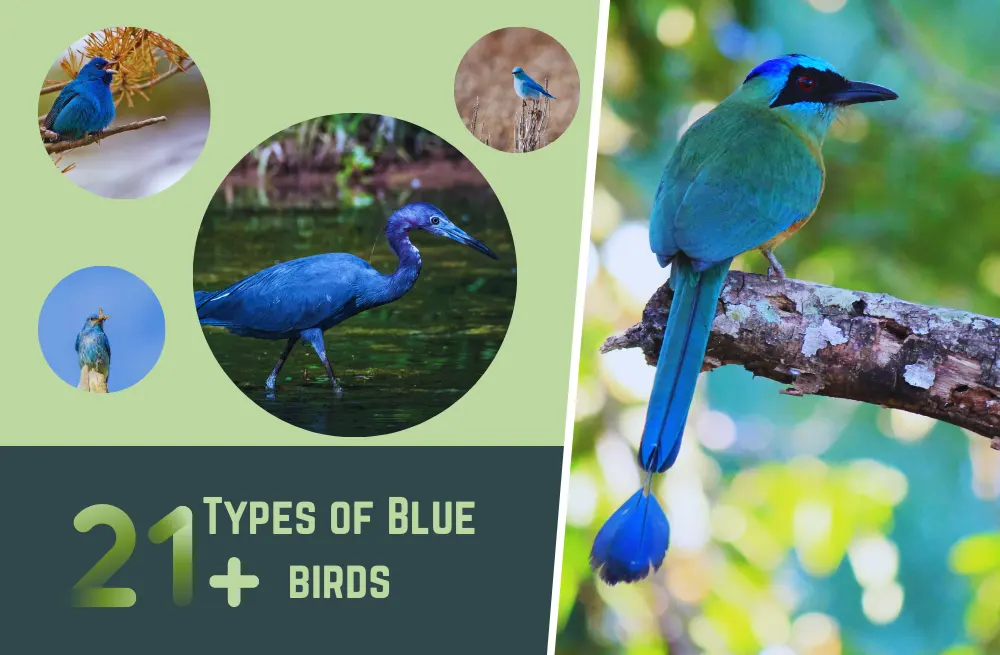Dumbest Animals in the World and Why they Aren’t Smart
In the fascinating realm of the animal kingdom, there are a few creatures that have been associated with peculiar and seemingly unintelligent behaviors.
While intelligence is a complex concept to measure and compare across species, certain animals have garnered reputations for exhibiting behaviors that some perceive as foolish or peculiar.
In this article, we delve into a few examples of animals that are often considered among the “dumbest” in the world, based on their unique characteristics and behaviors.
Dumbest animals in the world
Here, we highlight a few examples of animals that are often perceived as less intelligent or “dumb” compared to their counterparts.
Flamingos
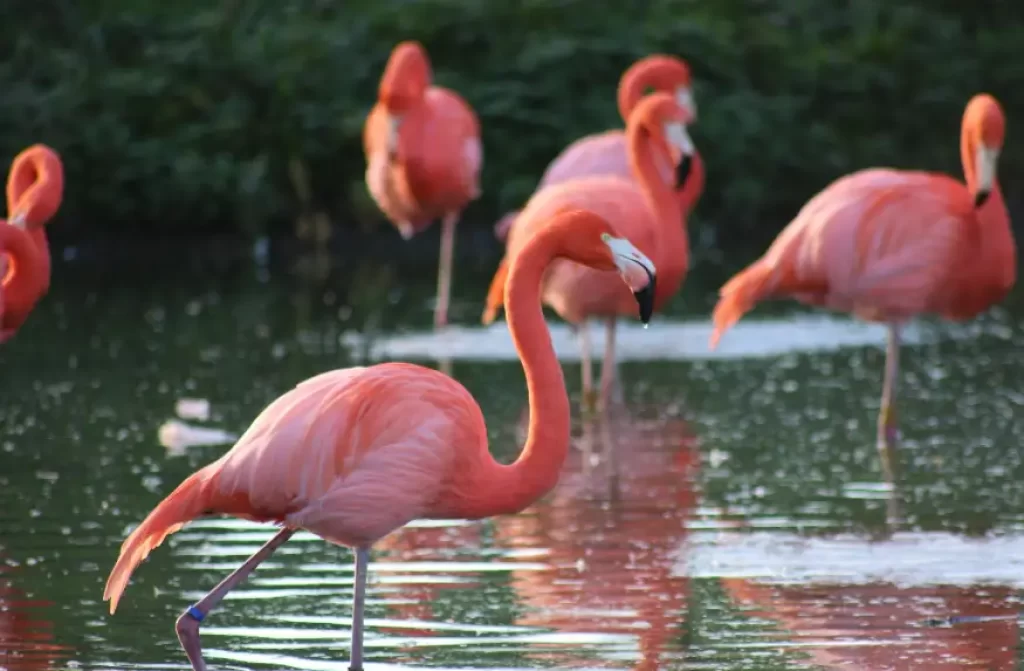
Flamingos are known for their vibrant pink feathers and unique appearance, but when it comes to intelligence, they aren’t exactly the brainiacs of the animal kingdom.
While they have certain behavioral adaptations that allow them to thrive in their environments, their cognitive abilities are relatively limited. They primarily rely on instinctive behaviors for survival, such as filter feeding and social interactions within their flock.
However, their intelligence is more geared towards their specialized adaptations rather than complex problem-solving or learning abilities.
Koalas
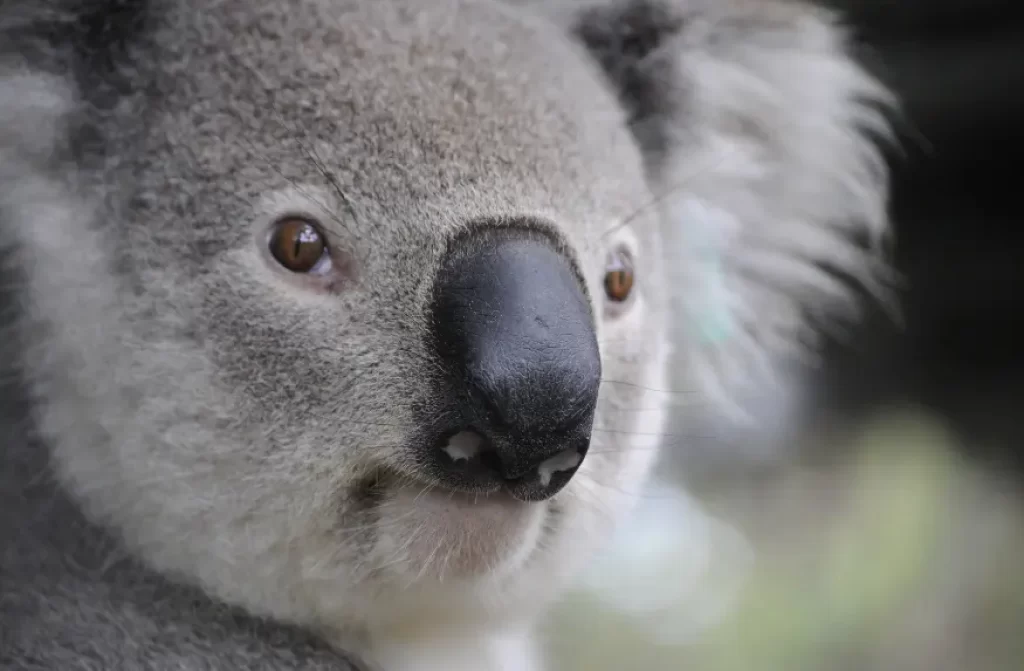
Koalas, with their adorable fluffy appearance, might win our hearts, but they aren’t known for their intellectual prowess.
These marsupials spend most of their time sleeping and munching on eucalyptus leaves. While they have adapted to a specific diet and lifestyle, their cognitive abilities are relatively basic.
Their behavior revolves around finding food, climbing trees, and avoiding predators. They have a limited range of behaviors and rely mostly on instinct rather than advanced cognitive processes.
Cane Toads
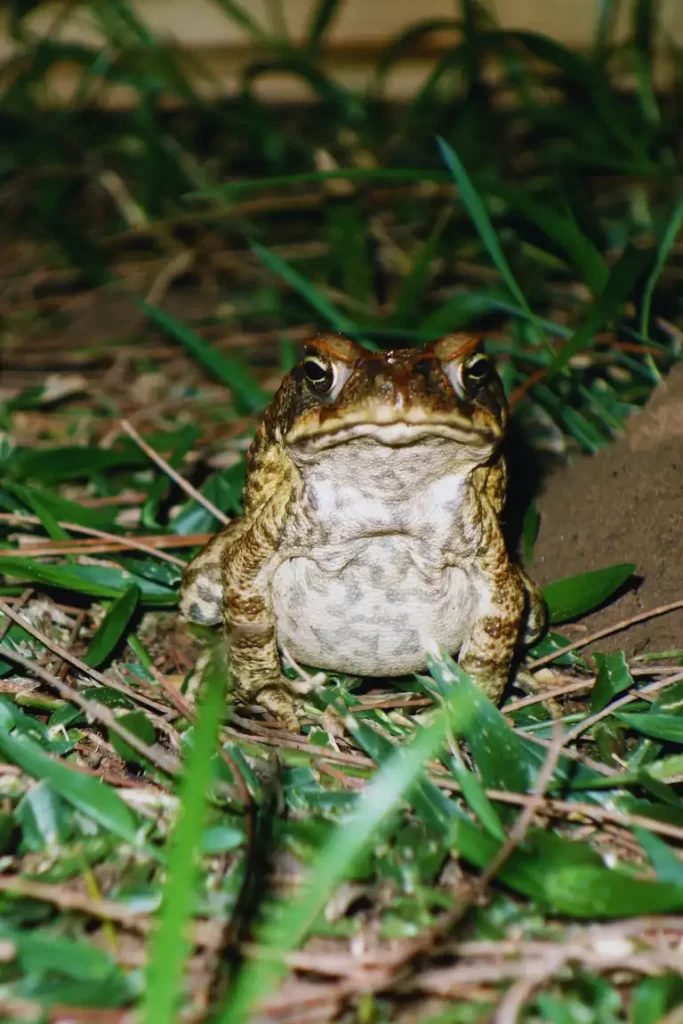
Cane toads are notorious for their negative impact on ecosystems, but intelligence is not one of their strong suits. Originally introduced to various regions as a pest control method, they quickly became invasive due to their rapid reproduction and adaptability. However, their cognitive abilities are relatively limited.
They mainly exhibit basic survival behaviors, such as feeding and breeding, without complex problem-solving or learning capabilities. Their behavior is more driven by instinct and biological cues rather than higher cognitive processes.
Ostrich
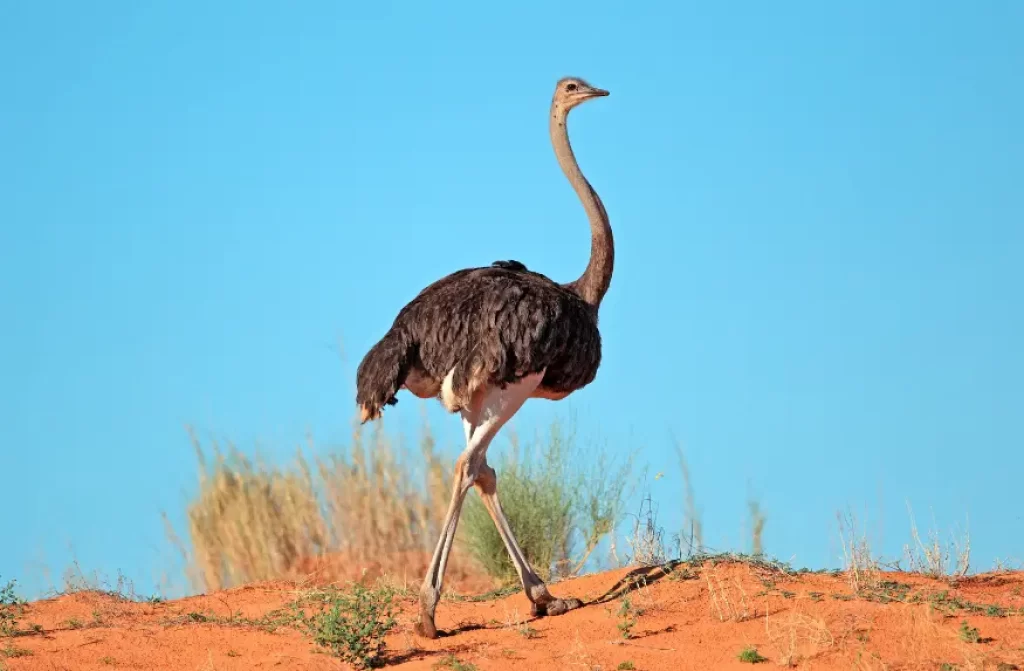
The ostrich, the largest bird in the world, has gained notoriety for its tendency to bury its head in the sand when faced with danger. However, this behavior is actually a misconception. Ostriches do not bury their heads in the sand, but rather lower them to the ground to blend in with their surroundings.
This defensive posture has given rise to the perception of foolishness, even though ostriches are highly adapted and capable animals.
Kakapo
The kakapo, a flightless parrot native to New Zealand, has been labeled as one of the world’s dumbest animals due to its friendly and trusting nature. This behavior, while endearing, has made the kakapo highly vulnerable to predators and contributed to its critically endangered status. However, the kakapo’s apparent lack of fear and its unique breeding behaviors are more accurately attributed to its evolutionary history in an isolated island ecosystem.
Dodo
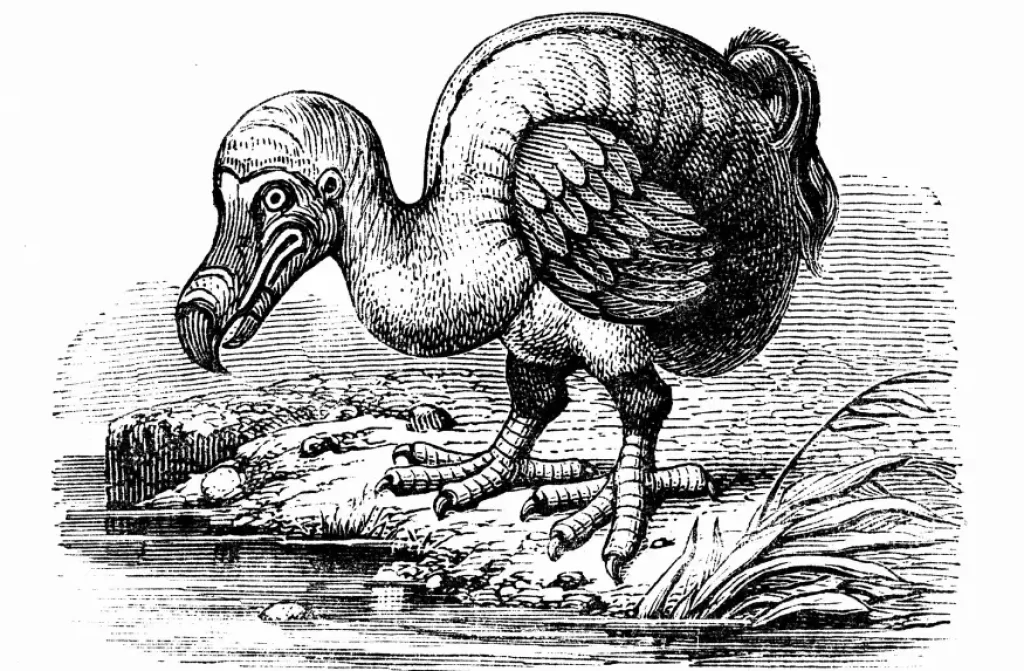
The dodo, a flightless bird that became extinct in the 17th century, is often depicted as a symbol of foolishness or naivety.
This perception stems from historical accounts that described the dodo as a clumsy and easily approachable bird due to its lack of natural predators. However, the dodo’s demise was primarily caused by human activities rather than inherent stupidity.
Jellyfish
Let’s be honest, jellyfish aren’t exactly the geniuses of the ocean. With their lack of a centralized nervous system, their behavior is more reflexive than anything else.
They rely on basic instincts and simple reflex behaviors to navigate their watery world. While they might be fascinating to observe, don’t expect them to solve complex puzzles or engage in intellectual conversations.
Sea Sponge
When it comes to brainpower, sea sponges are pretty low on the scale. These multicellular organisms lack specialized organs and a nervous system, which severely limits their cognitive capabilities.
They spend their days filter feeding and reproducing, engaging in basic behaviors without much thought or complexity. They’re like the couch potatoes of the sea, just going with the flow and not really thinking too much about it.
Sea Cucumber
While sea cucumbers might have a fancy name, their intelligence leaves much to be desired. With a simple nervous system, they exhibit limited behavioral complexity.
Their main priorities revolve around feeding and reproduction, and they don’t possess the cognitive abilities necessary for more intricate tasks. They’re more like the laid-back beach bums, taking life at a slow and steady pace.
Oyster
Oysters are renowned for their ability to produce pearls, but don’t let that fool you into thinking they’re the brainiacs of the ocean. These filter feeders rely mostly on instinctive behaviors for survival. Their cognitive abilities are minimal, and they primarily function on automatic responses.
They’re like the silent observers of the underwater world, quietly going about their filter-feeding business without much thought or intelligence.
Snail
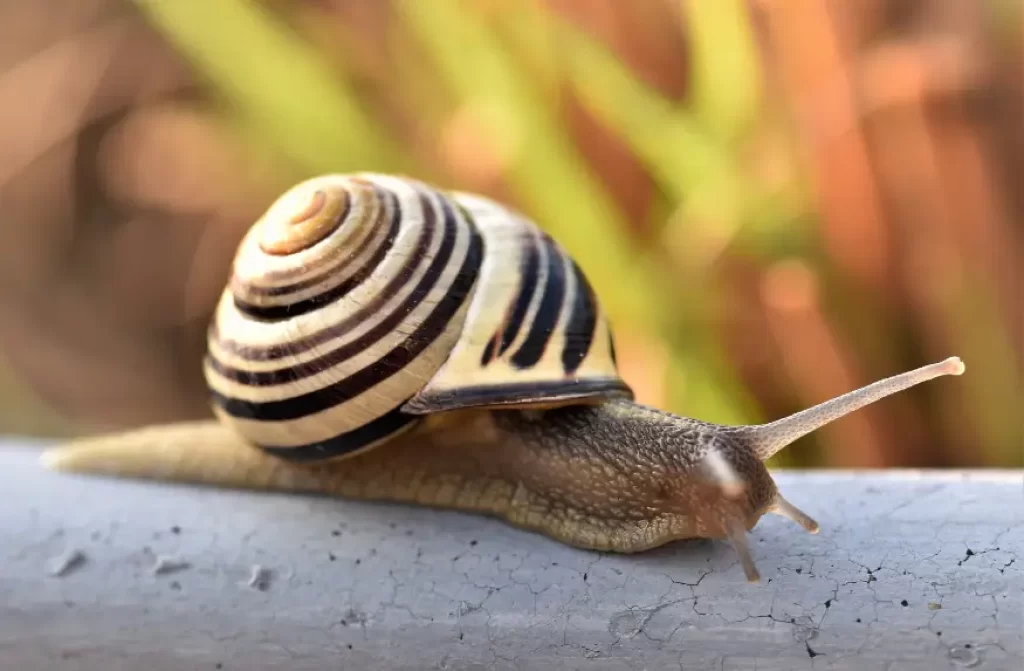
Let’s face it, snails aren’t exactly known for their genius-level intellect. Sure, they can slither around and find their way, but when it comes to complex problem-solving or advanced cognitive abilities, they fall a little short.
They’re more like the slowpokes of the animal kingdom, taking their sweet time to process information and make decisions. Don’t expect them to win any Nobel Prizes anytime soon!
Sea Sponge
You know those brain-teaser puzzles that challenge your cognitive skills? Well, sea sponges would probably fail miserably at them. These simple creatures lack any form of centralized nervous system, including a brain.
They basically just exist, floating around and doing their basic feeding and reproductive behaviors. You won’t find them solving math equations or pondering the meaning of life. They’re just happy being, well, sponges.
Sea Urchin
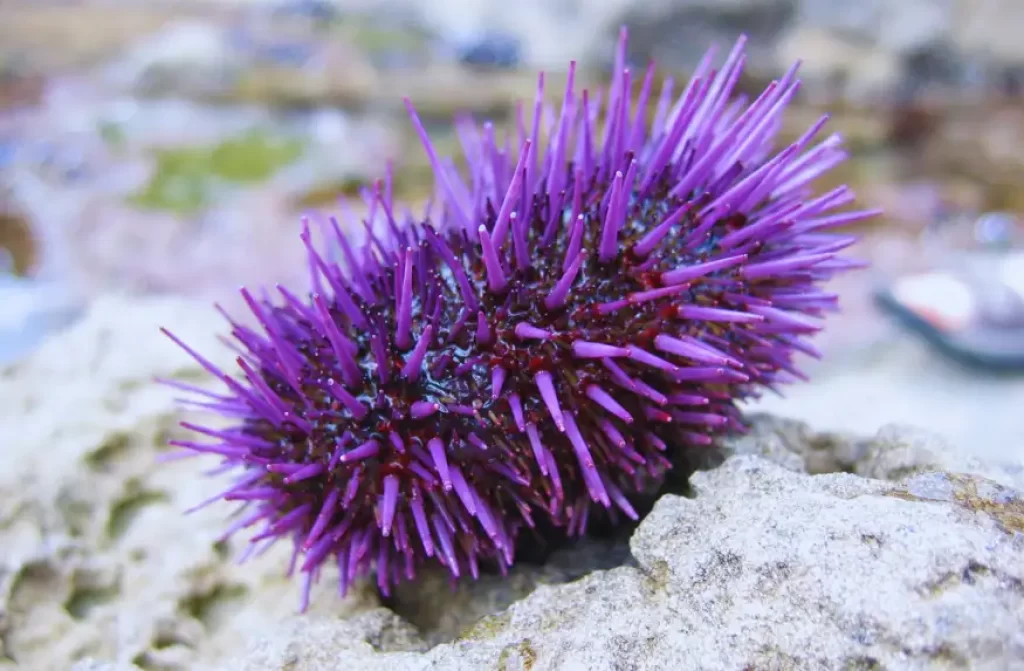
If you’re looking for an animal with advanced problem-solving abilities, the sea urchin is definitely not your go-to candidate.
These spiky creatures have a decentralized nervous system that doesn’t exactly lend itself to intellectual pursuits. They’re more focused on basic survival skills like finding food and avoiding predators. Complex decision-making? Nope, not their strong suit.
Roundworm
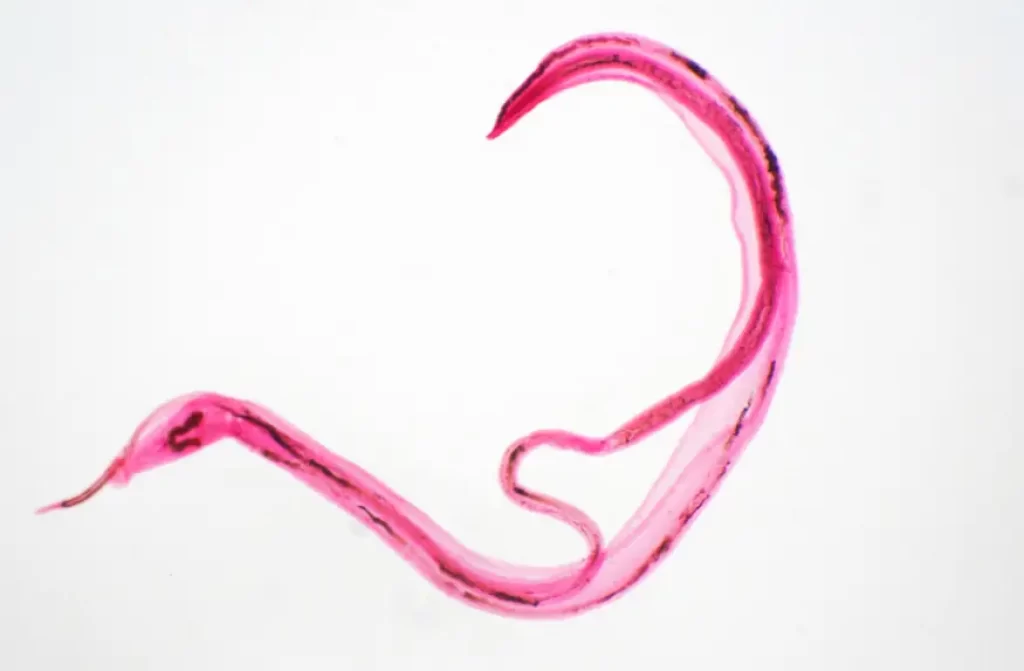
Roundworms might have a round body, but don’t let that fool you into thinking they’re round in the intelligence department.
These tiny creatures have a simple nervous system that allows them to sense their surroundings and move around, but they’re not exactly known for their mental prowess.
They operate more on instinct rather than higher cognitive processes. So, don’t expect them to write a bestselling novel or solve the mysteries of the universe.
Tapeworm
When it comes to brainpower, tapeworms are about as dim-witted as they come. These parasitic organisms rely entirely on their hosts for nutrients, so they don’t need to do much thinking on their own.
Their life revolves around latching onto a host and mooching off them for survival. They’re basically the freeloaders of the animal kingdom, coasting through life without a care in the world.
Sea Anemone
While sea anemones might look beautiful and mesmerizing, don’t be fooled by their captivating appearance.
These creatures have a decentralized nervous system that limits their behavioral repertoire. Their main focus is on capturing prey with their stinging tentacles and defending themselves from predators. They’re like the bodybuilders of the animal world, all brawn and no brain.
Horned Lizard
The horned lizard, also known as the horny toad, may have a striking appearance with its spiky body and horns, but when it comes to intelligence, they are not considered the sharpest tools in the shed.
These reptiles are primarily known for their defensive behavior of puffing themselves up and shooting blood from their eyes as a deterrent against predators.
While they have certain adaptations to survive in arid environments, their cognitive abilities are relatively limited, focusing more on basic survival instincts rather than complex problem-solving or learning behaviors.
Slow Loris
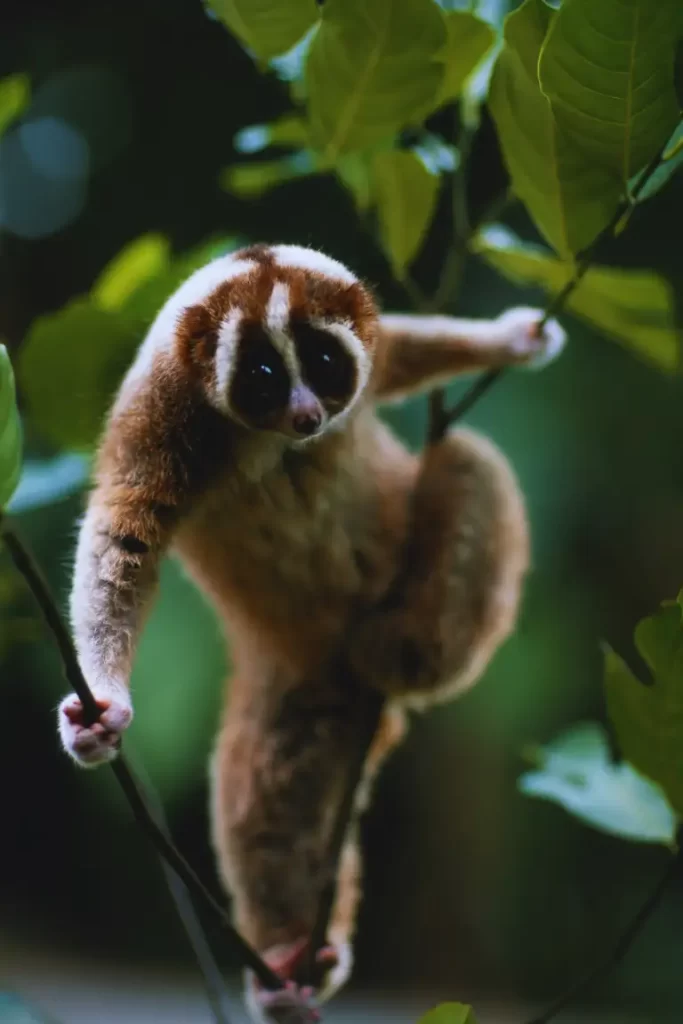
The slow loris is a small, nocturnal primate with large, adorable eyes, but their intelligence is not on par with their cuteness. While they have some level of problem-solving skills and exhibit certain behavioral adaptations, their cognitive abilities are not particularly advanced.
They are known for their slow movements and deliberate behaviors, which serve as a defense mechanism against predators. However, their cognitive capacities are relatively limited compared to other primates, and their behavior is primarily driven by instinct and innate responses.
Jerboa
The jerboa is a small rodent with long hind legs, enabling it to make impressive leaps and bounds across its desert habitat. While their physical abilities are notable, their intelligence is not particularly remarkable.
They have basic sensory and motor functions that allow them to navigate their environment and evade predators, but their cognitive capabilities are relatively limited. They rely more on instinctive behaviors and sensory cues rather than advanced problem-solving or learning abilities.
Giraffe
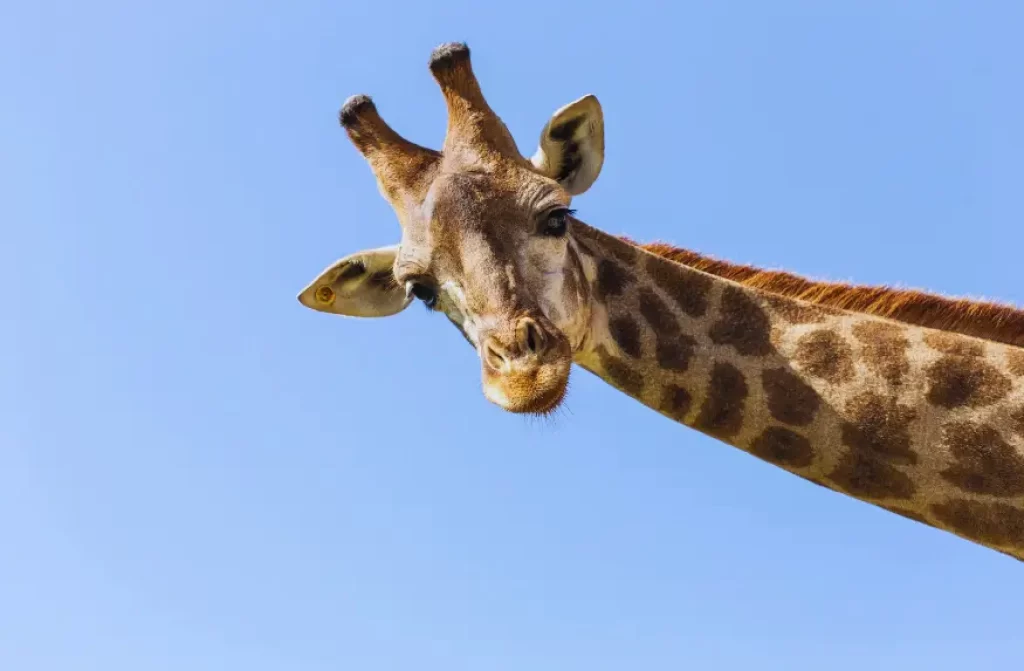
The giraffe, with its long neck and graceful appearance, might capture our imagination, but when it comes to intelligence, they are not known for their mental acuity. Giraffes have certain adaptations that allow them to survive in their unique habitats, such as their long necks for browsing leaves from tall trees.
However, their cognitive abilities are relatively basic, focusing more on social interactions, communication, and basic survival behaviors.
Their behavior is driven by instincts and innate responses rather than complex problem-solving or learning processes.
Giant Panda
The giant panda, with its cuddly appearance and unique black and white markings, may capture our hearts, but in terms of intelligence, they are not considered the most intellectually advanced animals. Giant pandas primarily spend their time eating bamboo, with a diet that is low in nutrition.
Their relatively simple digestive system and limited food choices contribute to their slow metabolic rate and low energy levels.
This, in turn, can affect their cognitive capacities, as they have fewer opportunities for learning and complex problem-solving behaviors.
However, they do possess certain adaptations that help them survive in their bamboo forest habitats, such as their strong jaw muscles for chewing tough bamboo and their specialized wrist bone that acts like a thumb for better grip.
Sloths
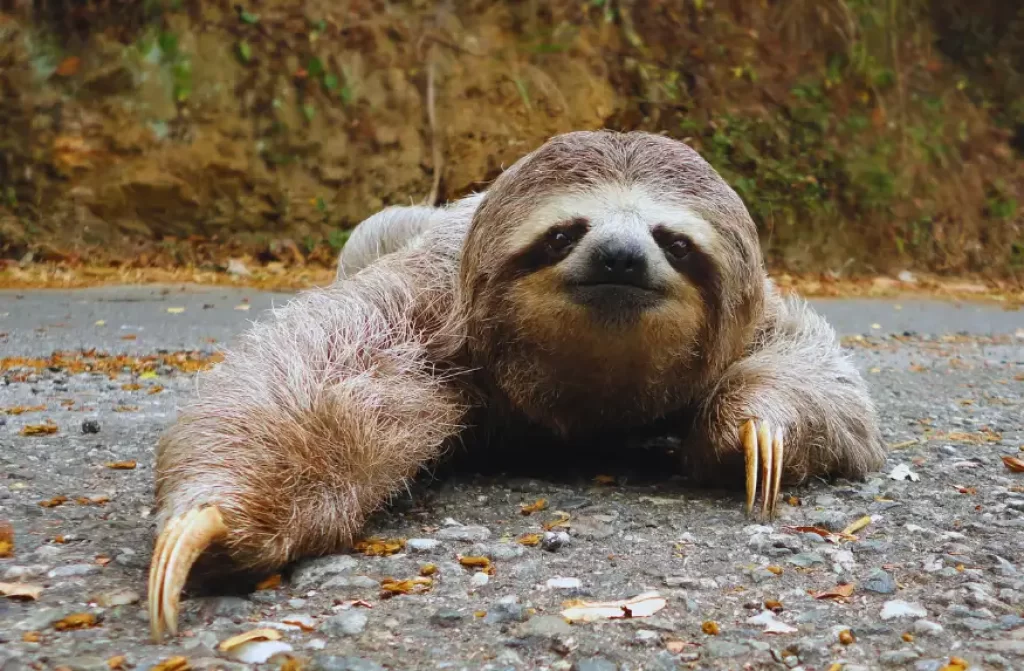
Sloths are known for their incredibly slow movements and relaxed demeanor, but their intelligence is not particularly high. These arboreal mammals have adapted to their lifestyle in the trees, where they spend most of their time hanging upside down and feeding on leaves.
Their slow metabolism and low-energy lifestyle contribute to their limited cognitive capacities. While they have certain sensory and motor skills to navigate their surroundings, their behavior is primarily driven by instinct and innate responses rather than complex cognition.
They have minimal problem-solving abilities and tend to rely on their physical adaptations, such as their long limbs and curved claws, for survival in their forest habitat.
Conclusion
Ladies and gentlemen, we have now reached the end of our list showcasing some of the animals that are often considered among the “dumbest” in the world. Among them, the giant panda has caught our attention as a particularly intriguing case.
With its adorable appearance and seemingly slow-witted demeanor, the panda has sometimes been labeled as the dumbest mammal on this list. However, it’s important to remember that intelligence is a complex and multifaceted trait that can be challenging to quantify accurately.
While pandas may not display the same problem-solving abilities as some other animals, their behaviors and characteristics are finely tuned to their unique bamboo forest habitat.
Their specialized diet and adaptations for bamboo consumption indicate a level of intelligence tailored to their ecological niche. Furthermore, the challenges faced by pandas in the wild, such as limited reproductive rates and habitat loss, underscore the need for conservation efforts to protect these incredible creatures.
We hope you have enjoyed exploring the world of these fascinating animals. If you’re hungry for more knowledge about nature and its incredible inhabitants, we invite you to explore our other articles. Until then, take care and keep exploring the wonders of the natural world. Farewell!
